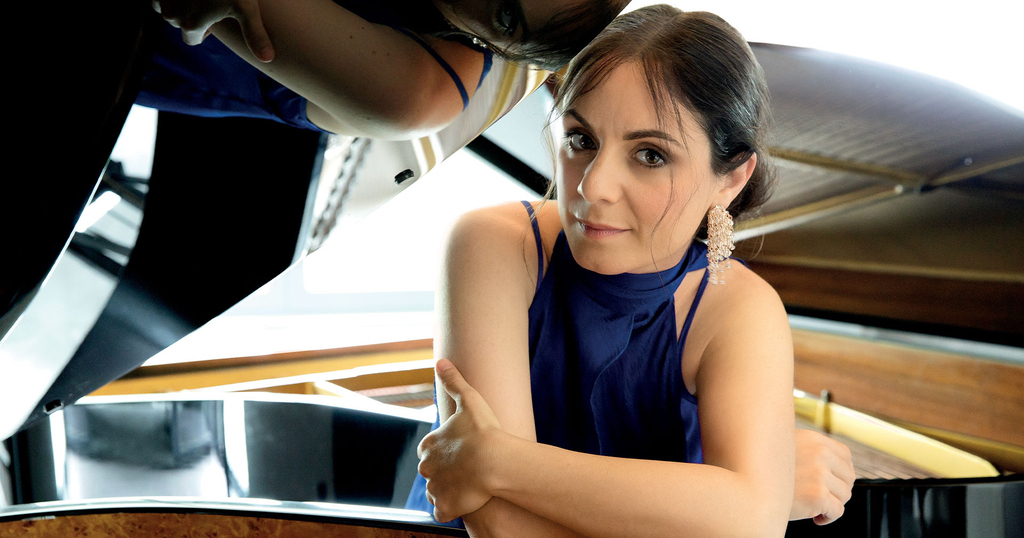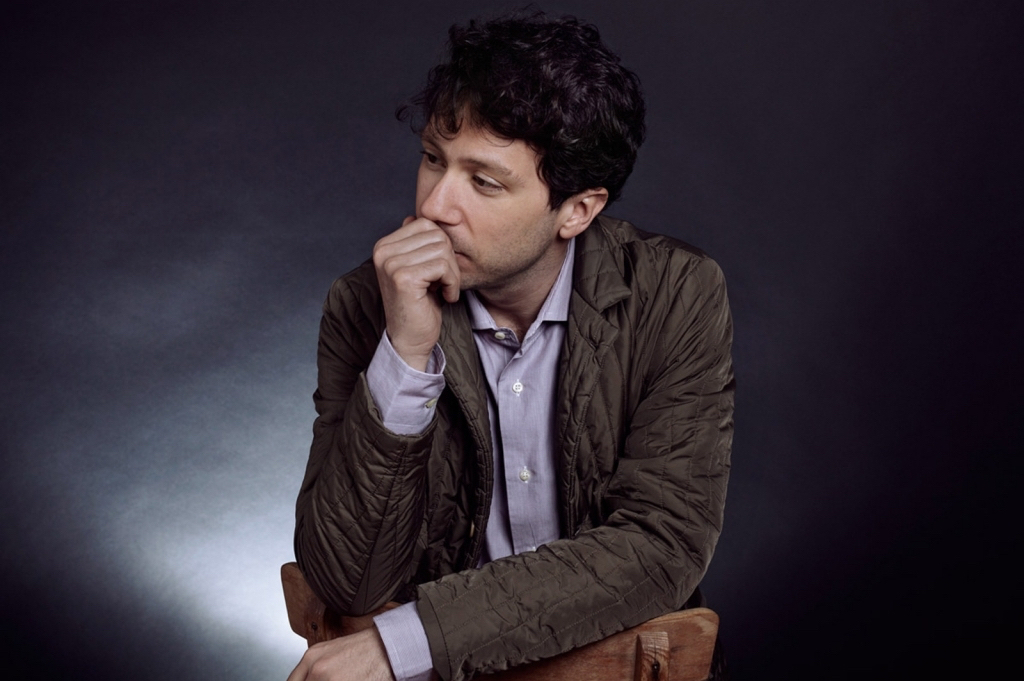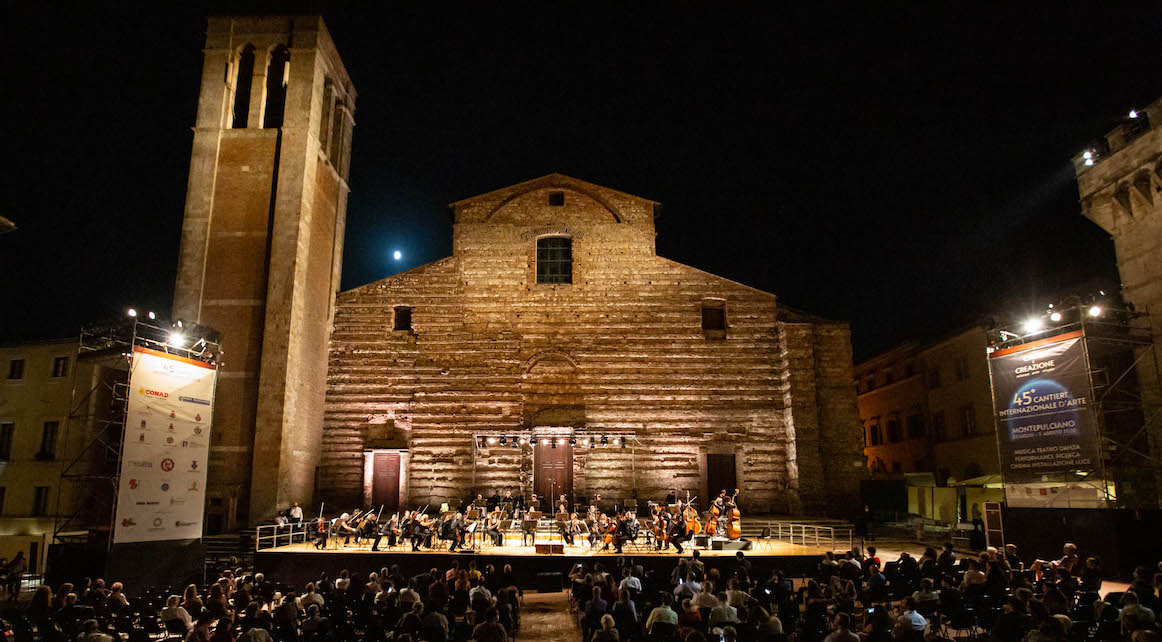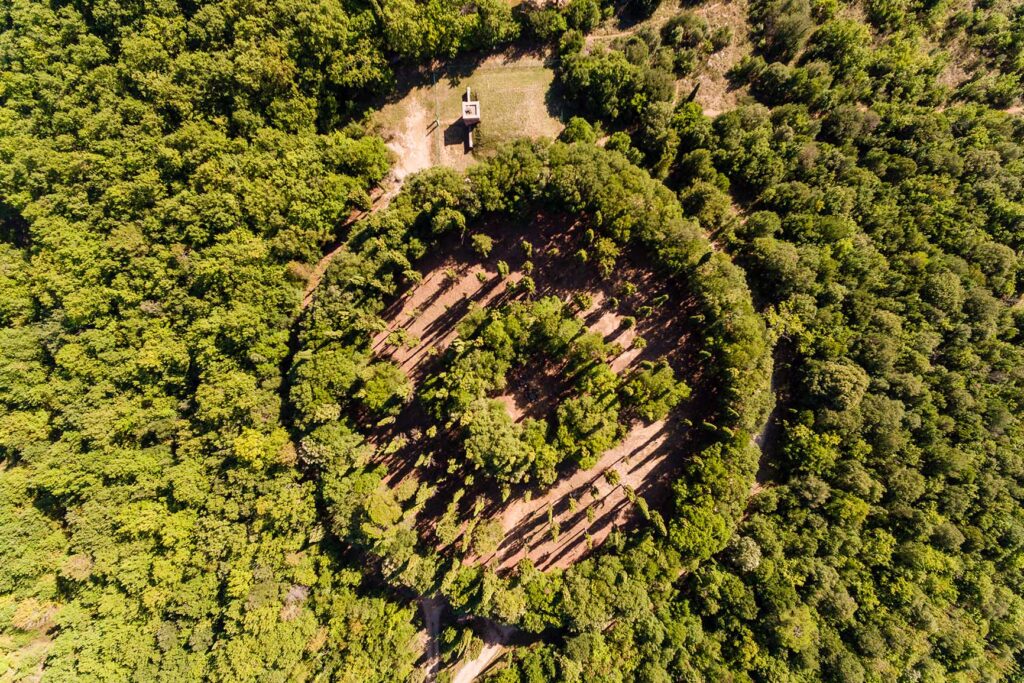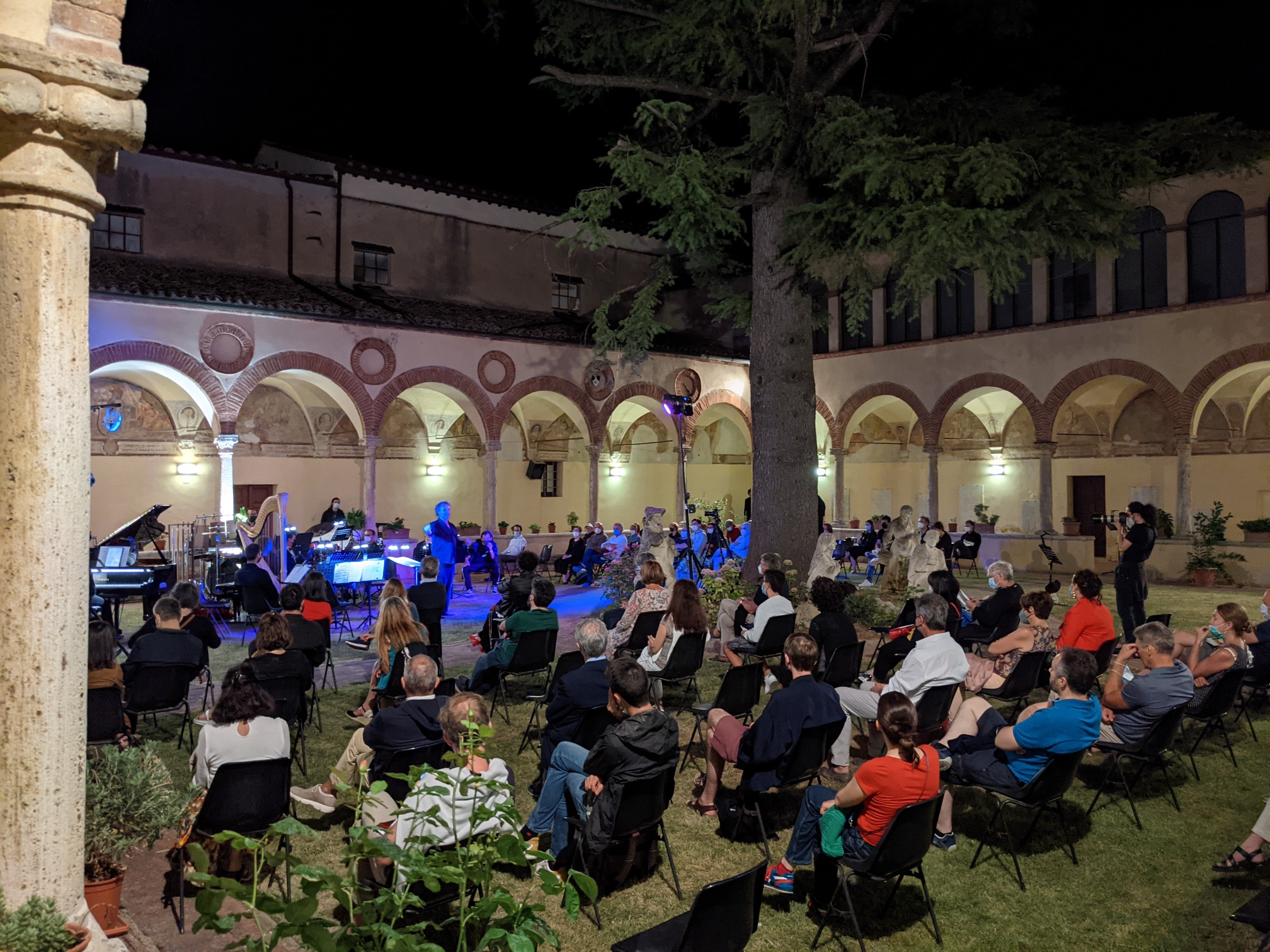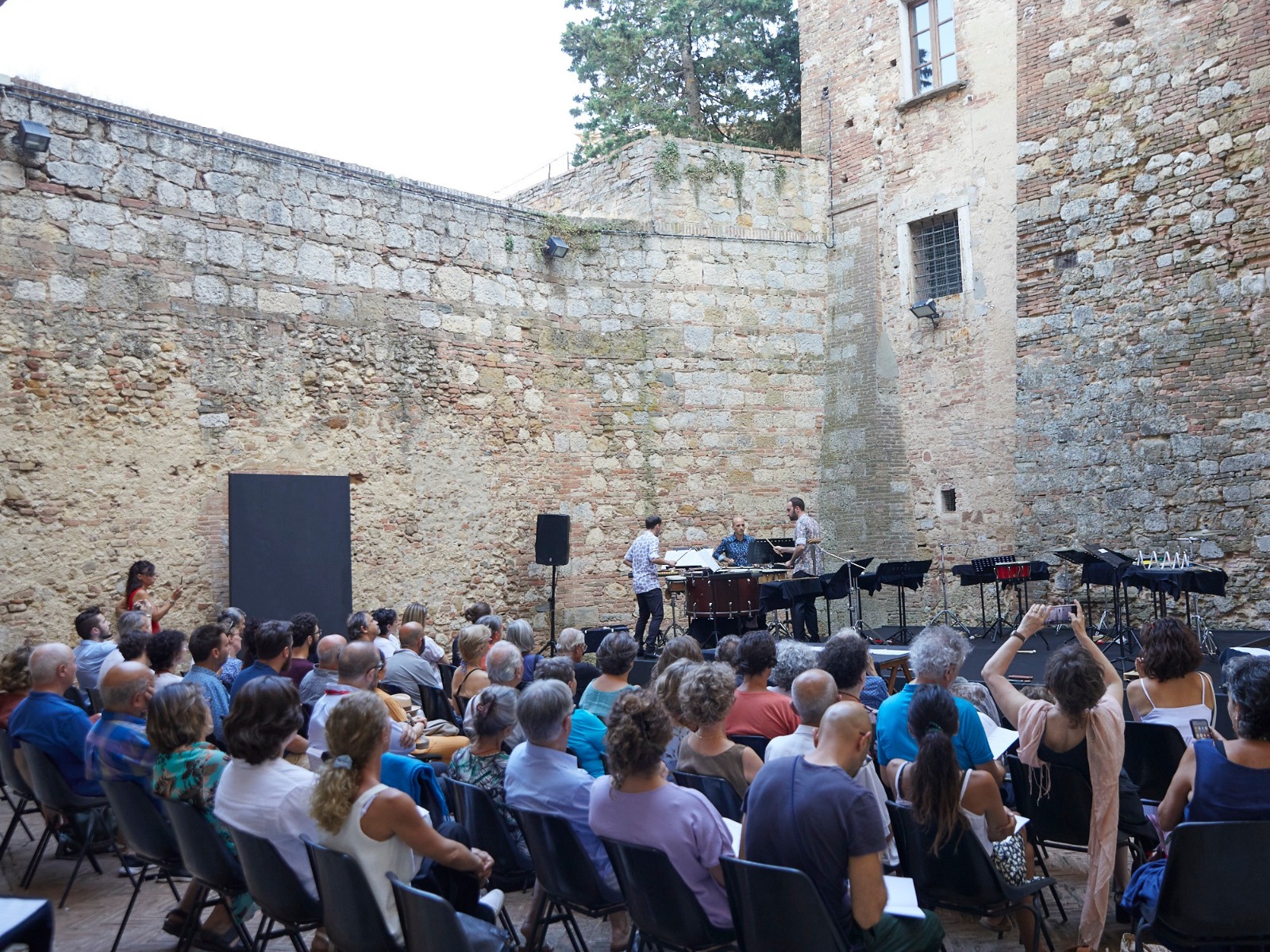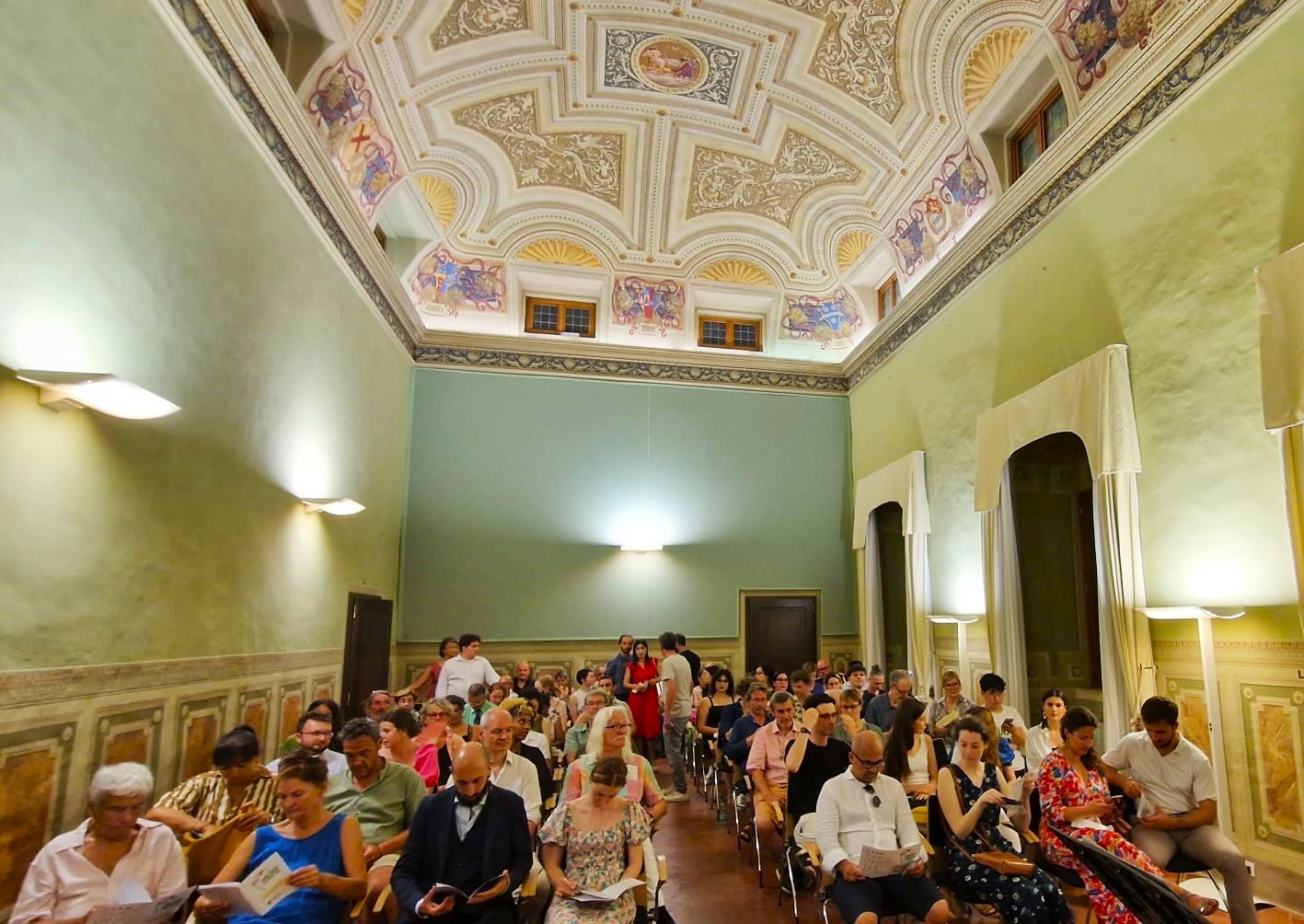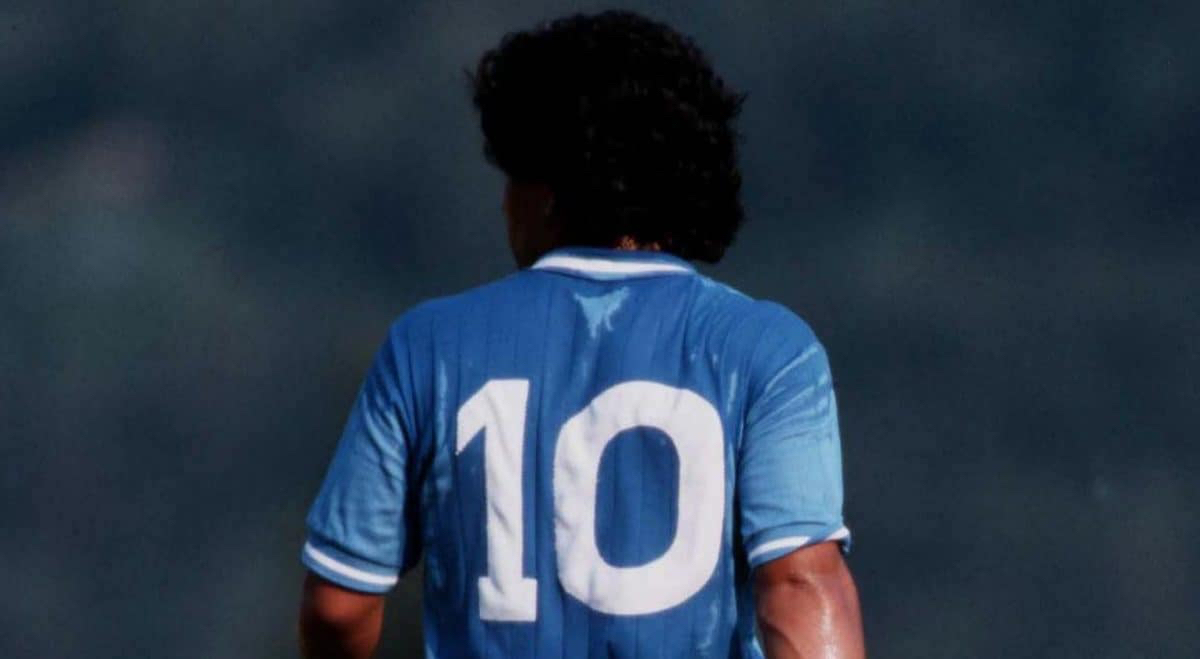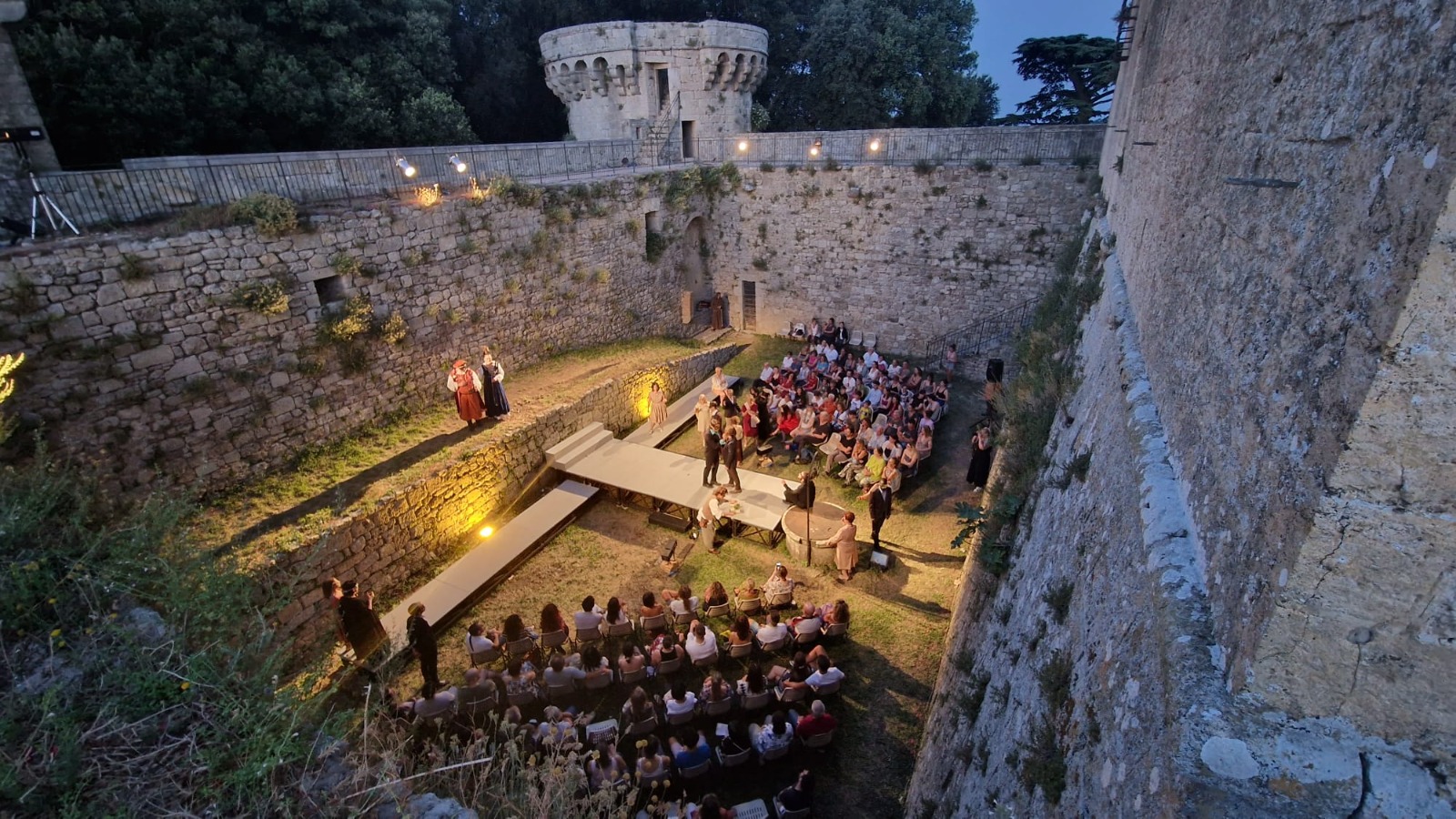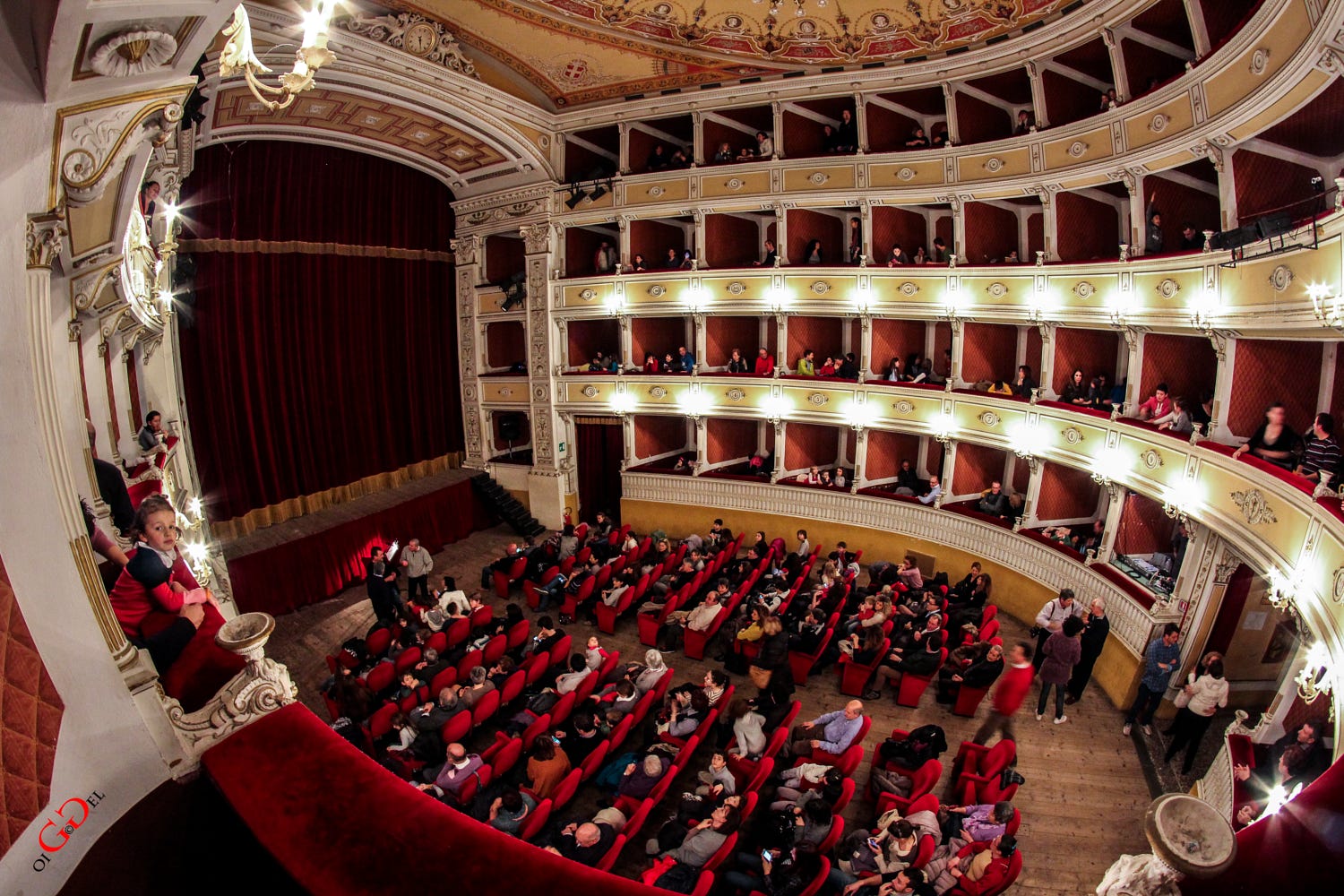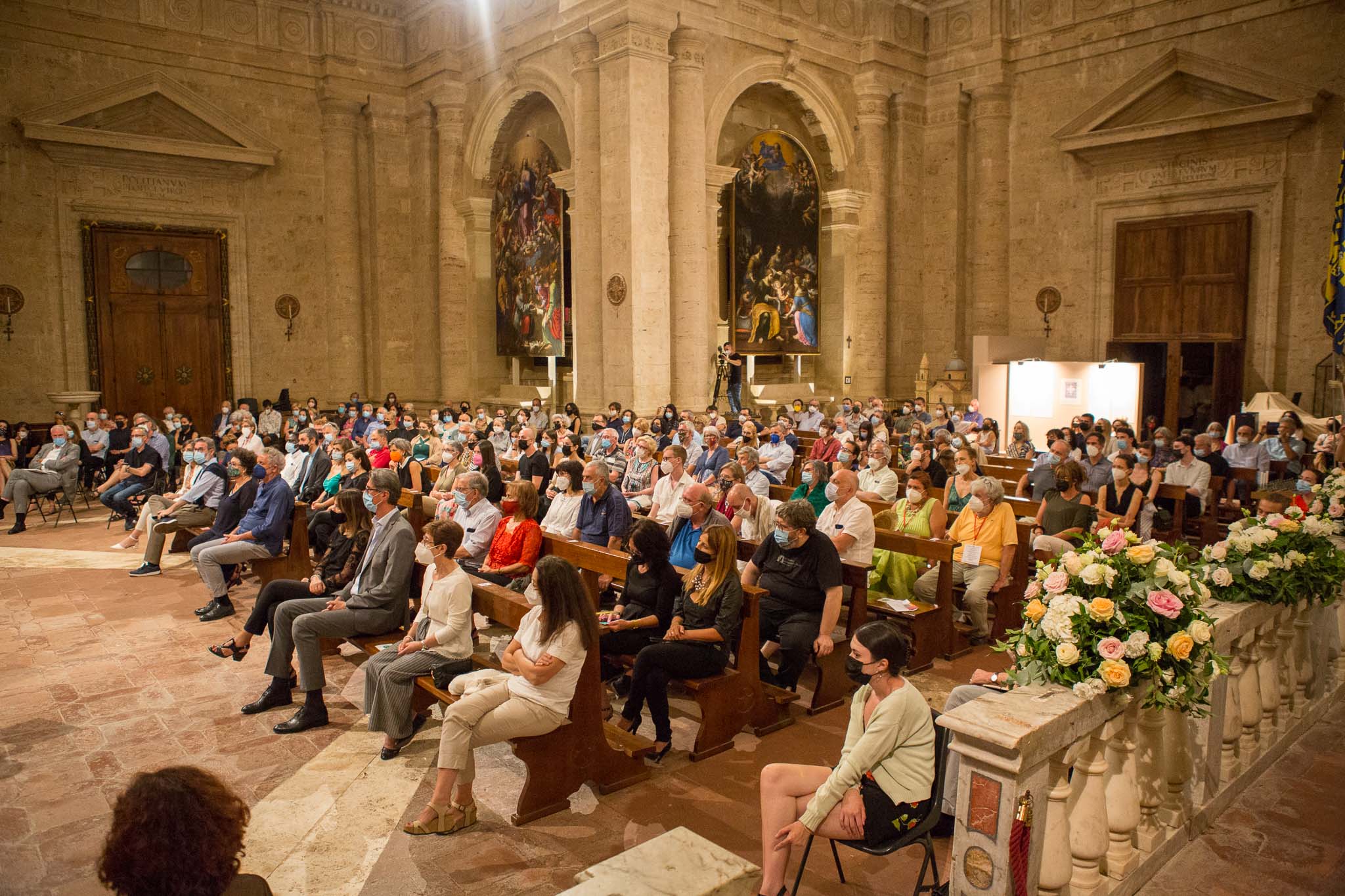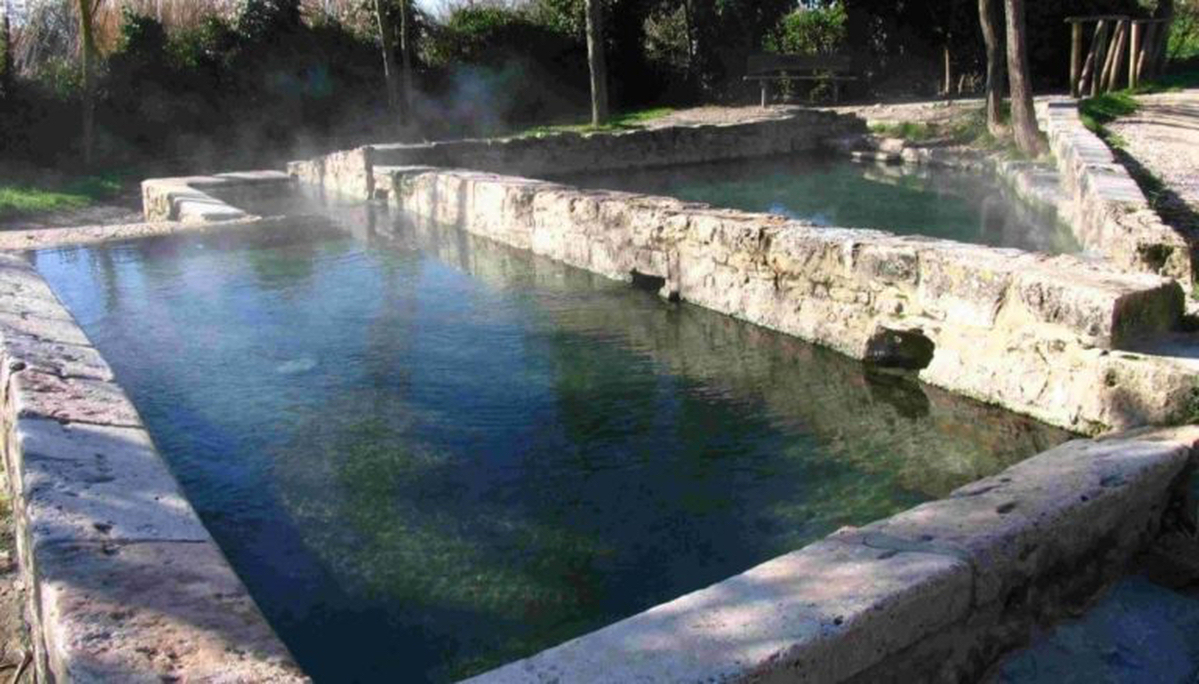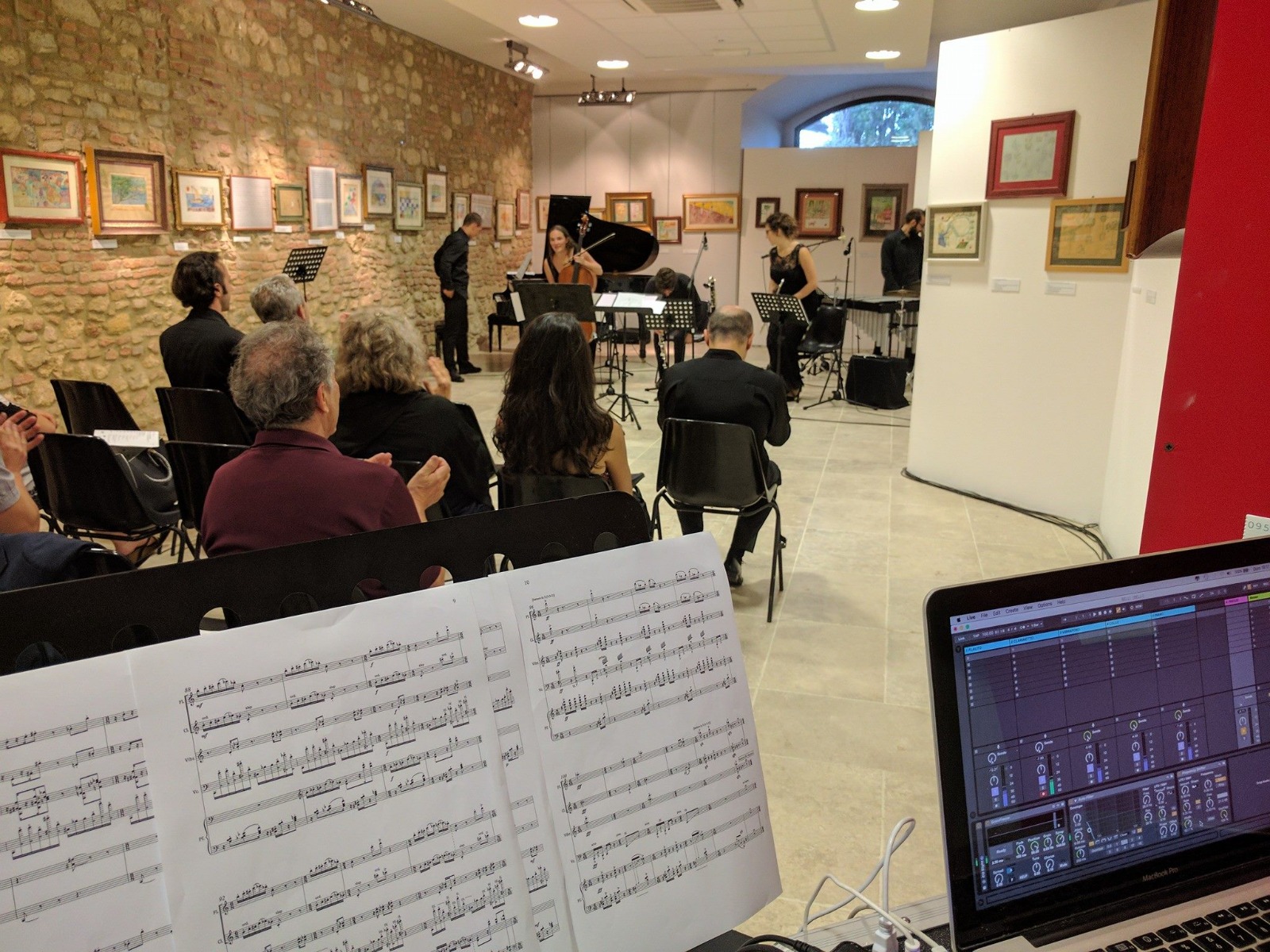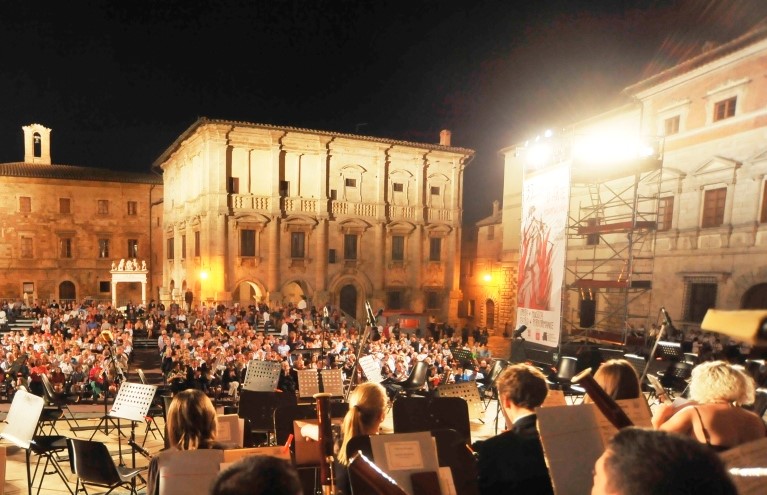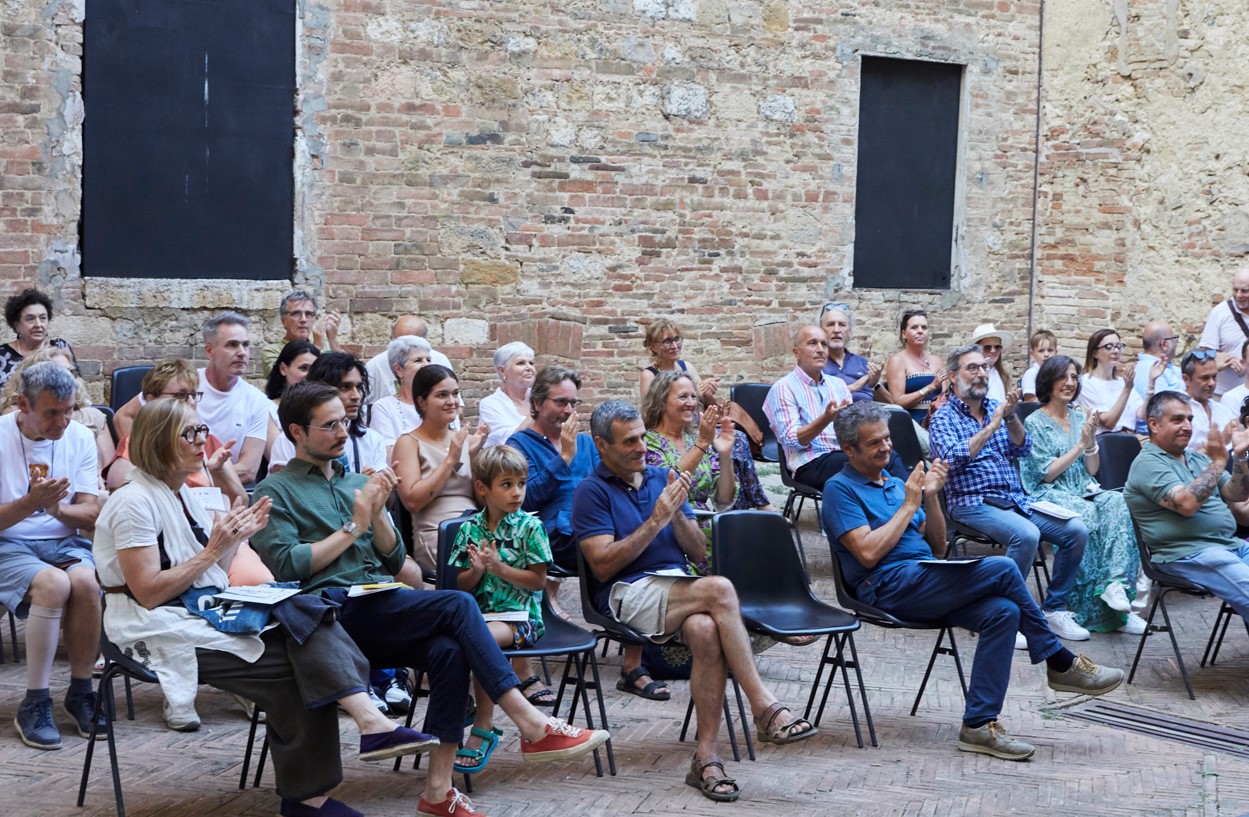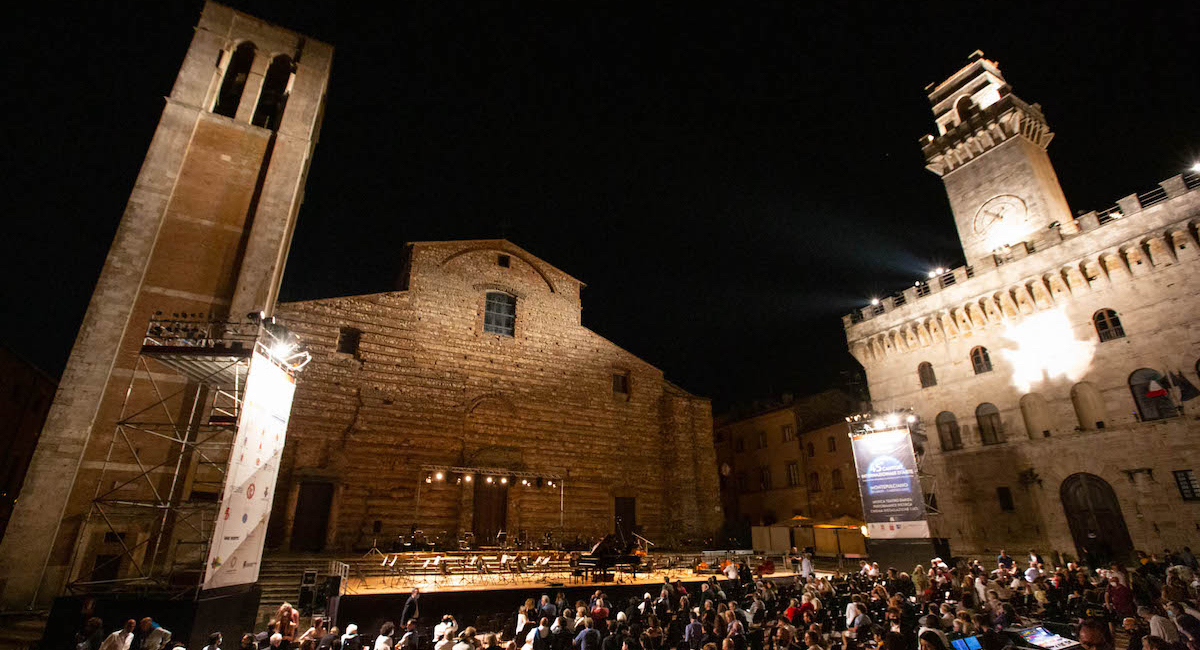SOIRÉE IN SANSSOUCI: IL RE SUONA IL FLAUTO

Johannes Geffert
clavicembalo
Ulrike Friedrich
flauto
SABATO 27 LUGLIO
Ore 21.30
Per tutti i biglietti acquistati in prevendita, la maggiorazione prevista è di 1,50 euro.
(1697-1773)
Largo
Allegro
Minuet
Allegro
(1721-1783)
Allegro
(1712-1786)
(1717-1762)
Presto
(1714-1788)
Adagio per flauto solo
Allegro di molto
(1709-1763)
Largo
Allegro assai
Dal francese “Sans Souci”, letteralmente “senza preoccupazioni”, il palazzo di Sanssouci venne fatto costruire da Federico II detto il Grande come sua residenza estiva a Potsdam tra il 1745 e il 1747. Grande amante della musica in generale e del flauto in particolare, alla corte del nuovo palazzo il re amava esibirsi come flautista nei concerti serali organizzati per i suoi ospiti. Nasce intorno alla corte un ambiente musicale molto vivo frequentato da alcuni tra i più importanti musicisti e compositori del XVIII secolo.
Johann Joachim Quantz, compositore e flautista tedesco attivo nel XVIII secolo, flautista dalle ottime doti e capacità interpretative, apprezzate anche da Alessandro Scarlatti, incontrato durante un viaggio a Napoli, viaggiò a lungo in Europa e conobbe i più importanti compositori, interpreti e cantanti del suo tempo. Pubblicò le sue prime sonate per flauto nel 1734, ma il suo contributo allo strumento non fu solo compositivo, ma anche tecnico: fu lui ad aggiungere la chiave e a inventare la pompa d'allungamento per il pezzo superiore che permette di mantenere l'intonazione con l'orchestra quando il flauto si scalda e tende a crescere nei suoni. Scrisse anche un saggio didattico sullo studio dello strumento. Alla corte del re di Prussia compose più di 500 brani per flauto tra concerti e pezzi per strumento solo. Ascolteremo stasera la Sonata in re maggiore.
Johann Philipp Kirnberger, violinista, clavicembalista e compositore tedesco vissuto tra il 1721 e il 1783, fu violista dell’orchestra di corte a Potsdam, dal 1758 fu musicista e compositore della principessa Anna Amalia, sorella di Federico II. Grande amante e ammiratore di Johann Sebastian Bach, collaborò con Carl Philipp Emanuel Bach, figlio del grande compositore tedesco, nella pubblicazione dei corali bachiani a quattro voci. Dalla Sonata in Sol maggiore n. 8 ascolteremo l’Adagio e l’Allegro.
Christoph Nichelmann, clavicembalista e compositore, lavorò a Potsdam alla corte di Federico II per dodici anni. Considerato un compositore appartenente alla generazione di transizione tra il barocco e il primo classicismo, fu autore di un trattato sulla melodia Die Melodie, nach ihrem Wesen sowohl, als nach ihren Eigenschaften nel 1755. Il trattato fu ben accolto dal pubblico, ma ricevette aspre critiche da un teorico che si sospetta fosse Carl Philipp Emanuel Bach sotto lo pseudonimo di Caspar Dünkelfeind. Le sue prime composizioni risalgono al 1737. Stasera dalla Sonata in Do maggiore ascolteremo il Presto.
Carl Philipp Emanuel Bach, secondo figlio di Johann Sebastian, fu clavicembalista alla corte di Federico II dal 1740 al 1767. Per il sovrano prussiano scrisse le Sei sonate prussiane nel 1742, insieme ad altre raccolte di pezzi per tastiera. Agli anni alla corte di Sanssouci risale il suo trattato di metodo per tastiera, Versuch über die wuhre Art das Clavier zu spielen. Carl Philipp Emanuel viene considerato uno degli iniziatori della musica strumentale moderna e la sua opera influì sulle generazioni di compositori seguenti, tra cui anche Haydn e Beethoven.
Stasera ascolteremo l’Adagio per flauto solo, tratto dalla Fantasia in la minore Wq 132 e l’Allegro molto dalla Sonata in do maggiore Wq 149.
Christoph Schaffrath, compositore tedesco esponente del tardo barocco, fu clavicembalista nell’orchestra di Federico II e dal 1741 musicista della principessa Amalia, sorella del re. Compositore di musica strumentale, al suo attivo si annoverano oltre un centinaio di opere, tra ouverture, concerti per clavicembalo, per violino, oboe e flauto. Ascolteremo stasera i movimenti Largo e Allegro assai dal Duetto per clavicembalo e flauto in Sol maggiore op. 1 n. 4.
From the French "Sans Souci", literally "without worries", the palace of Sanssouci was built by Frederick II known as the Great as his summer residence in Potsdam between 1745 and 1747. A great lover of music in general and of the flute in particular , at the court of the new palace the king loved to perform as a flautist in the evening concerts organized for his guests. A very lively musical environment was born around the court, frequented by some of the most important musicians and composers of the 18th century.
Johann Joachim Quantz, German composer and flautist active in the 18th century, flautist with excellent skills and interpretative abilities, also appreciated by Alessandro Scarlatti, met during a trip to Naples, traveled extensively in Europe and met the most important composers, performers and singers of the his time. He published his first flute sonatas in 1734, but his contribution to the instrument was not only compositional, but also technical: it was he who added the key and invented the stretching pump for the upper piece which allows the intonation to be maintained with the orchestra when the flute warms up and tends to grow in sounds. He also wrote an educational essay on the study of the instrument. At the court of the King of Prussia he composed more than 500 pieces for flute including concertos and pieces for solo instrument. We will listen to the Sonata in D major tonight.
Johann Philipp Kirnberger, German violinist, harpsichordist and composer who lived between 1721 and 1783, was violist of the court orchestra in Potsdam, from 1758 he was musician and composer of Princess Anna Amalia, sister of Frederick II. A great lover and admirer of Johann Sebastian Bach, he collaborated with Carl Philipp Emanuel Bach, son of the great German composer, in the publication of Bach's four-voice chorales. From the Sonata in G major n. 8 we will listen to the Adagio and the Allegro.
Christoph Nichelmann, harpsichordist and composer, worked in Potsdam at the court of Frederick II for twelve years. Considered a composer belonging to the transition generation between Baroque and early classicism, he authored a treatise on the melody Die Melodie, nach ihrem Wesen sowohl, als nach ihren Eigenschaften in 1755. The treatise was well received by the public, but received harsh criticism by a theorist suspected to be Carl Philipp Emanuel Bach under the pseudonym Caspar Dünkelfeind. His first compositions date back to 1737. Tonight from the Sonata in C major we will listen to the Presto.
Carl Philipp Emanuel Bach, second son of Johann Sebastian, was a harpsichordist at the court of Frederick II from 1740 to 1767. For the Prussian ruler he wrote the Six Prussian Sonatas in 1742, along with other collections of keyboard pieces. His treatise on keyboard method, Versuch über die wuhre Art das Clavier zu spielen, dates back to his years at the court of Sanssouci. Carl Philipp Emanuel is considered one of the initiators of modern instrumental music and his work influenced subsequent generations of composers, including Haydn and Beethoven.
Tonight we will listen to the Adagio for solo flute, taken from the Fantasia in A minor Wq 132 and the Allegro tanto from the Sonata in C major Wq 149.
Christoph Schaffrath, a German composer of the late Baroque, was a harpsichordist in Frederick II's orchestra and from 1741 musician to Princess Amalia, the king's sister. Composer of instrumental music, he has over a hundred works to his credit, including overtures, concerts for harpsichord, violin, oboe and flute. Tonight we will listen to the Largo and Allegro assai movements from the Duet for harpsichord and flute in G major op. 1 no. 4.
 Sostieni i progetti
Sostieni i progetti Amministrazione Trasparente
Amministrazione Trasparente Contatti
Contatti
